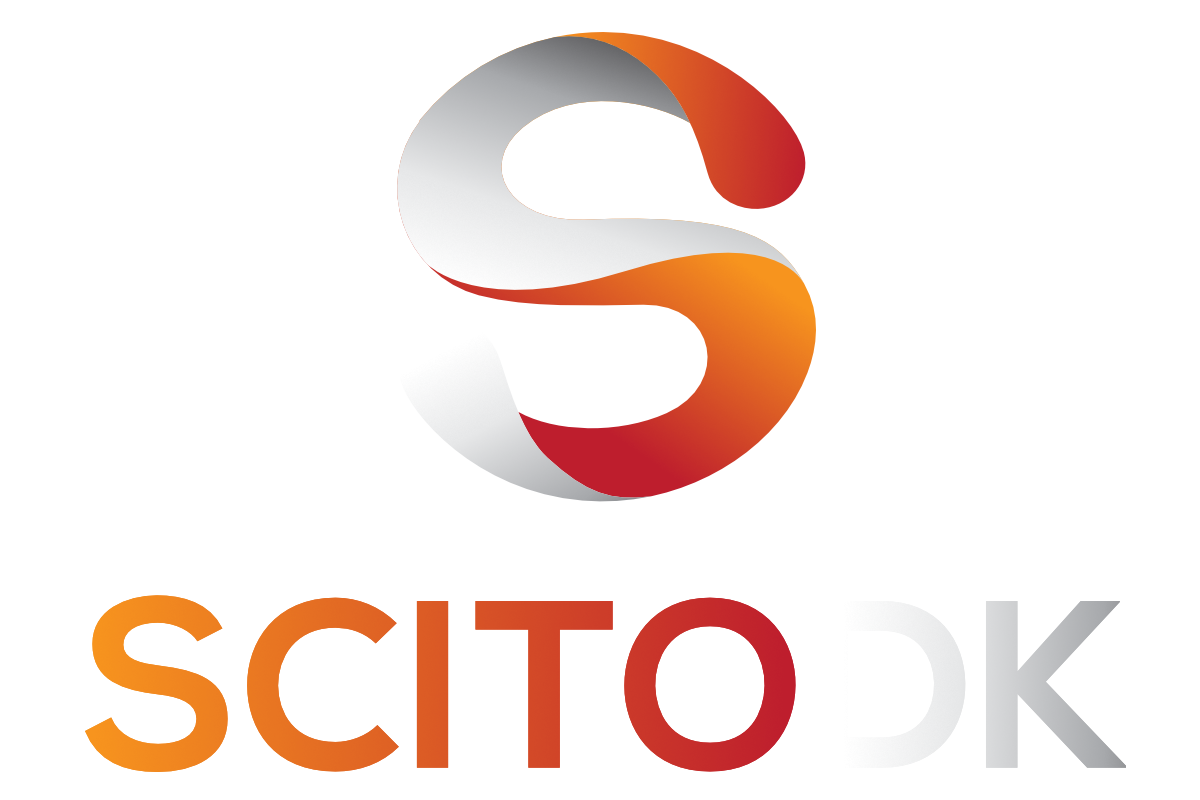Active Directory Environment: Understanding the Tiering Model
In today’s interconnected digital landscape, safeguarding sensitive data and maintaining robust security measures is paramount for businesses of all sizes. For organizations utilizing Microsoft Active Directory, implementing a tiering model can provide a structured approach to securing critical assets and services. In this blog post, we’ll delve into Microsoft’s Active Directory tiering model and explore how it can help fortify your organization’s security posture.
Why Implement a Tiering Model?
Before diving into the specifics of Microsoft’s Active Directory tiering model, let’s first understand why implementing such a model is crucial for organizations:
- Risk Management: By categorizing systems and services into different tiers based on their sensitivity and importance, organizations can better identify and mitigate potential security risks. This proactive approach allows businesses to allocate resources effectively and prioritize security measures where they are needed most.
- Defense-in-Depth: A tiered approach to security provides multiple layers of defense, making it more difficult for attackers to compromise critical assets. By implementing a tiering model, organizations can establish barriers that adversaries must overcome at each level, thereby reducing the likelihood of successful breaches.
- Compliance Requirements: Many industries are subject to regulatory requirements mandating the protection of sensitive data. Implementing a tiering model helps organizations demonstrate compliance by ensuring that appropriate security measures are in place to protect critical assets and mitigate the risk of data breaches.
- Resource Optimization: Not all systems and services within an organization require the same level of protection. By categorizing resources into tiers based on their importance and sensitivity, organizations can allocate resources more efficiently, focusing their efforts and investments where they are most needed.
Now that we’ve established the importance of implementing a tiering model let’s explore Microsoft’s Active Directory tiering model in more detail.
Tier 0 (Highly Sensitive)
At the core of the tiering model lies Tier 0, which houses the most critical components of your Active Directory environment:
- Domain Controllers: These serve as the foundation of Active Directory, managing user authentication and authorization. Given their pivotal role, domain controllers should be heavily safeguarded to prevent unauthorized access.
- Privileged Access Management (PAM) Infrastructure: Responsible for managing and monitoring privileged access to Tier 0 resources, PAM infrastructure ensures that only authorized personnel can administer critical systems, reducing the risk of unauthorized changes or breaches.
Tier 1 (Sensitive)
Tier 1 comprises systems that interact closely with Tier 0 resources, playing a crucial role in identity management and access control:
- Identity Management Systems: These systems are tasked with managing user accounts, group policies, and access controls within the Active Directory environment, ensuring that users have appropriate permissions and privileges.
- Certificate Services: Issuing and managing digital certificates for authentication and encryption, certificate services play a vital role in securing communications and verifying the identity of users and devices.
- Federation Services (AD FS): Enabling single sign-on and federated identity management, AD FS facilitates seamless access to resources across organizational boundaries while maintaining security and compliance.
Tier 2 (Semi-Sensitive)
Tier 2 encompasses business-critical applications and services that require stringent access controls to safeguard sensitive information:
- Application Servers: Hosting essential applications that require authentication and access controls, application servers ensure that only authorized users can interact with sensitive data and functionalities.
- Database Servers: Housing databases containing sensitive information such as customer data or financial records, database servers are key targets for attackers and require robust security measures to prevent data breaches.
- Virtual Private Network (VPN) Gateways: Providing secure remote access to internal networks, VPN gateways ensure that remote users can connect securely to corporate resources without compromising security.
Tier 3 (General)
Tier 3 encompasses standard business applications and services that do not require direct access to Tier 1 or Tier 0 resources:
- File Servers: Hosting shared files and documents used for collaboration, file servers ensure that employees can access and share information efficiently while maintaining data security and integrity.
- Email Servers: Hosting email services for internal communication, email servers play a vital role in business operations and must be protected against threats such as phishing attacks and data breaches.
- Intranet Websites: Providing employees with access to company information and resources, intranet websites serve as a centralized hub for internal communication and collaboration.
Tier 4 (Public)
Tier 4 encompasses publicly accessible services and resources that do not require authentication or authorization:
- Public-facing Websites: Websites accessible to the general public for marketing or informational purposes, public-facing websites showcase your organization’s brand and offerings while ensuring a seamless user experience.
- Public DNS Servers: Providing DNS resolution for publicly accessible domains, public DNS servers ensure that users can access your organization’s online services reliably and securely.
- Public FTP Servers: Hosting files available for public download via FTP, public FTP servers enable users to access and retrieve files efficiently while maintaining security and compliance with data protection regulations.
| Tier 0 | Highly Sensitive | Domain Controllers PAM |
| Tier 1 | Sensitive | IDM/IAM Certificate Services ADFS |
| Tier 2 | Semi-Sensitive | Specific Application Servers Database Servers VPN Gateways |
| Tier 3 | General | File Servers Email Servers Internet servers Application Services |
| Tier 4 | Public / End Users | Public Facing Websites Public Facing DNS Public Facing FTP End User VDI |
In conclusion, Microsoft’s Active Directory tiering model provides a structured framework for securing critical assets and services within your organization’s environment. By categorizing systems into different tiers based on their sensitivity and access requirements, organizations can implement tailored security measures to mitigate risks and safeguard against potential threats. Prioritizing security at every tier is essential for maintaining the integrity and confidentiality of your organization’s data and ensuring continued business success in today’s rapidly evolving threat landscape.
